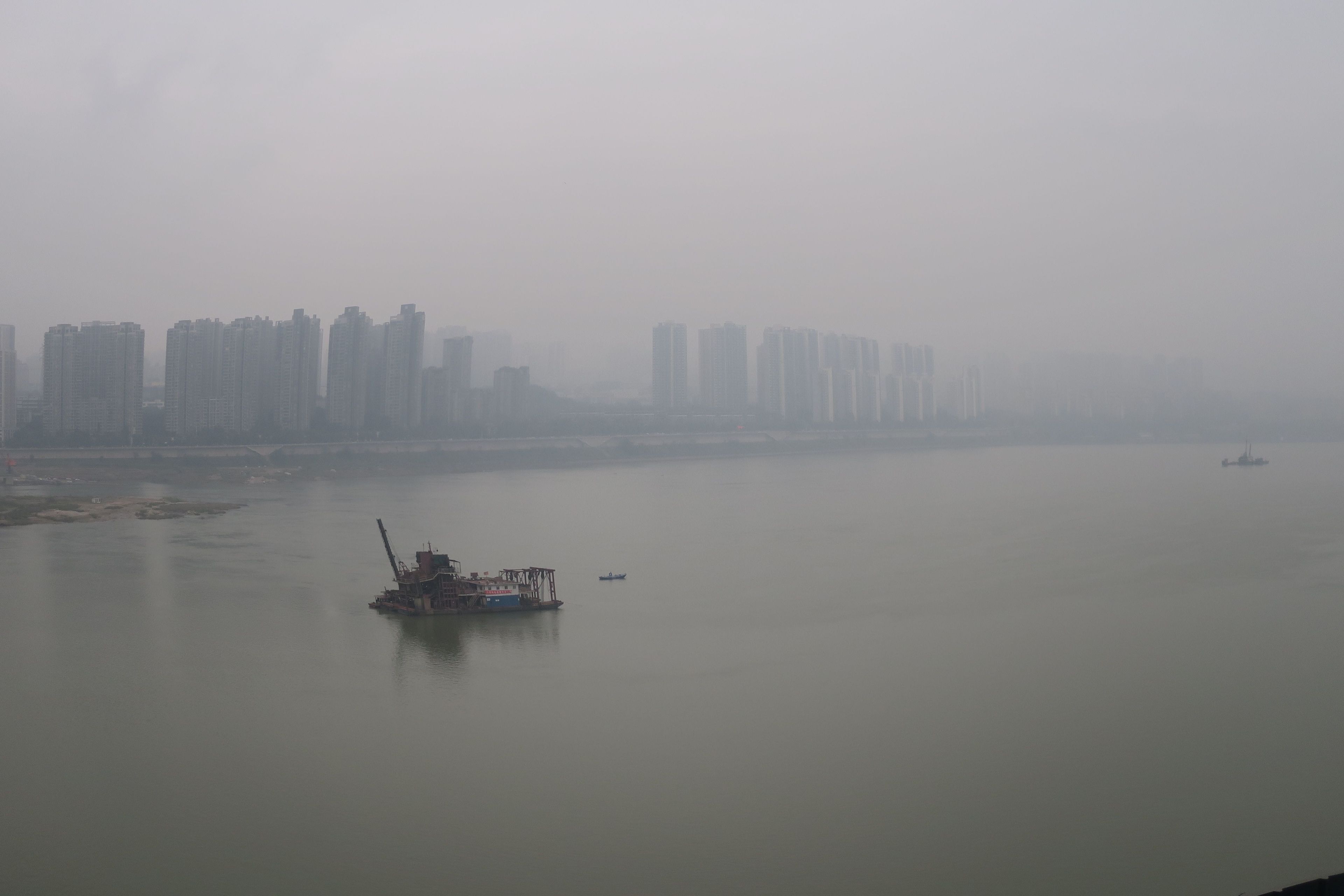
Space-Making, Materiality and Thermal Comfort in Chongqing, Southwest China
Place and space constitute one another as both are created within human activities and discourses. Space as a form of locality “is ephemeral unless hard and regular work is undertaken to produce and maintain its materiality” (Appadurai 1996, 180-1). This paper is based on ethnographic fieldwork in Chongqing and analyses how thermally comfortable spaces are negotiated through architecture and material culture in large urban areas today. The metropolis Chongqing is characterized by hot and humid summers and mild and humid winters which are reflected in everyday discourses and practices. With a focus on the negotiation of the “right” climate in residential houses, I emphasize the close intertwinement of social and material space-making. The invisible thermal condition is mediated through visible materialities in both a building’s structure and its interior decoration. This research highlights that local climate is far more than a natural given measured through meteorological data but that it permeates urban material culture. Residents create and adapt urban spaces with regards to thermal comfort. By analyzing the man-made artificiality of city climate(s), this paper also points to the blurring boundaries between “natural” and “cultural” urban spaces.